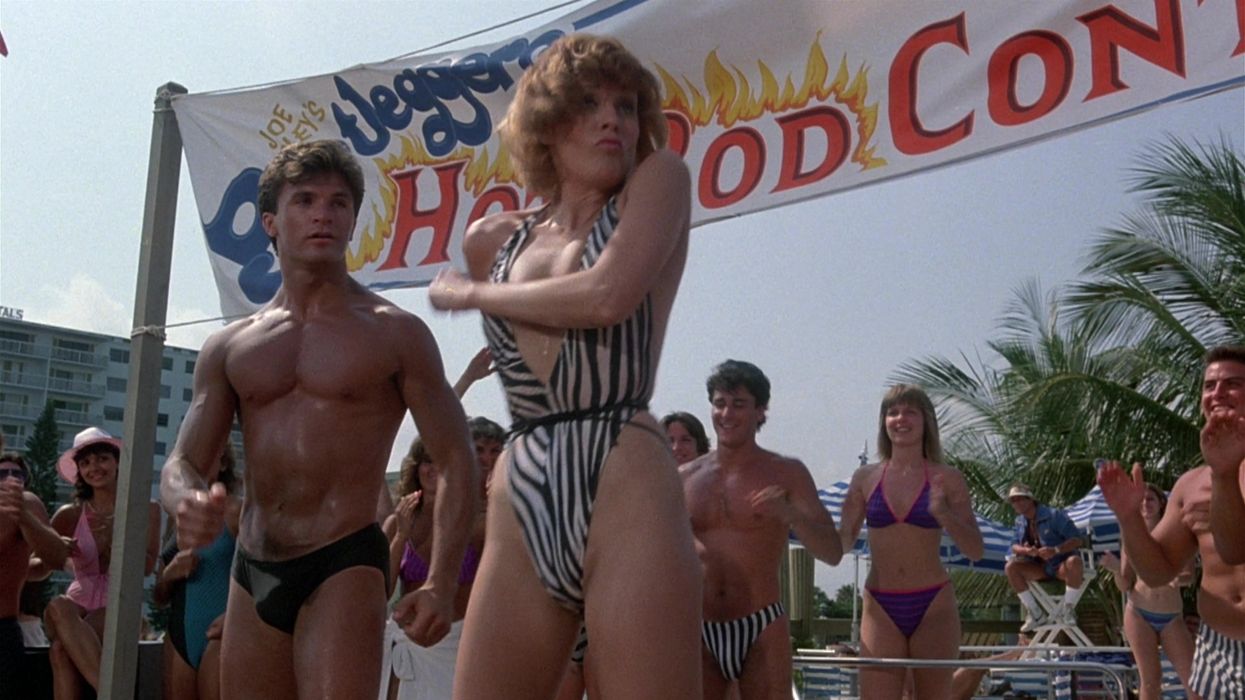Watch: The Strangest Subgenre in Film History
In the 1960s, a ludicrous subgenre was born, and then promptly died. Nonetheless, its market lessons live on.

Today, it can often seem as if Hollywood is a bottomless pit of subgenres. From courtroom dramas to heroic fantasy movies to space operas, it's easy to take this diversity for granted. But things weren't always this way. In fact, once upon a time (not so long ago) in cinema history, as Hollywood experimented with demographics, markets, and distribution models, subgenres arose and quickly disappeared within a single decade—some of them stranger than others.
A new video essay from the Royal Ocean Film Society charts the rise and fall of one short-lived subgenre: the high school surf party, otherwise known as the "beach party" genre. It all began in 1960 with the establishment of the B-movie factory American International Pictures, spearheaded by Roger Corman, James Nicholson, and Sam Arkoff. Followed by a string of successful "juvenile delinquent films" such as Rebel Without a Cause, Corman and his co-founders quickly picked up on the lucrative potential of teen movies.
Unlike the previous teen movies, however, these films weren't just about teenagers. They were made for teenagers—an extremely viable and previously untapped market.
As the video essay explains, the AIP producers took "teen escapism to an overwhelmingly ridiculous level," resulting in a "touchstone of Hollywood's constantly evolving market trends." This was a new model, predicated almost exclusively on market sales; the catchy title and the poster were created, the movie was sold, and only then was the script written.
The bounty wasn't limitless. AIP produced seven beach party titles in the 1960s, resulting in dozens of similar titles from competing production companies keen to get in on the cash flow. Then, the market moved on—to "outlaw racing films," as the video essay explains.
But the beach party genre irrevocably shifted trends in the Hollywood marketplace. After all, this is where the gold standard of the 19-year-old male target demographic was born.












